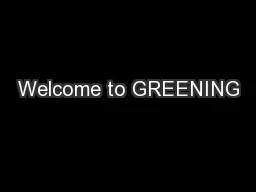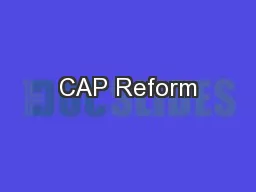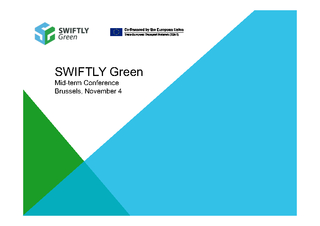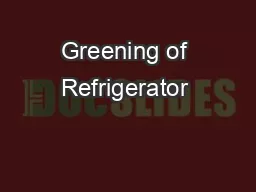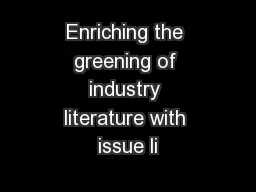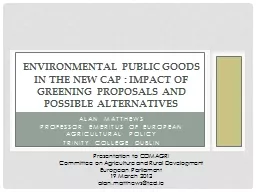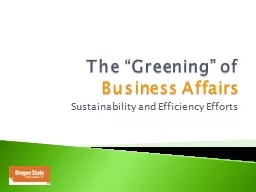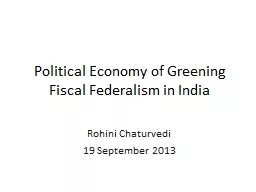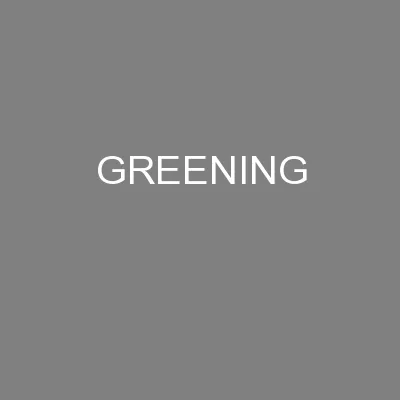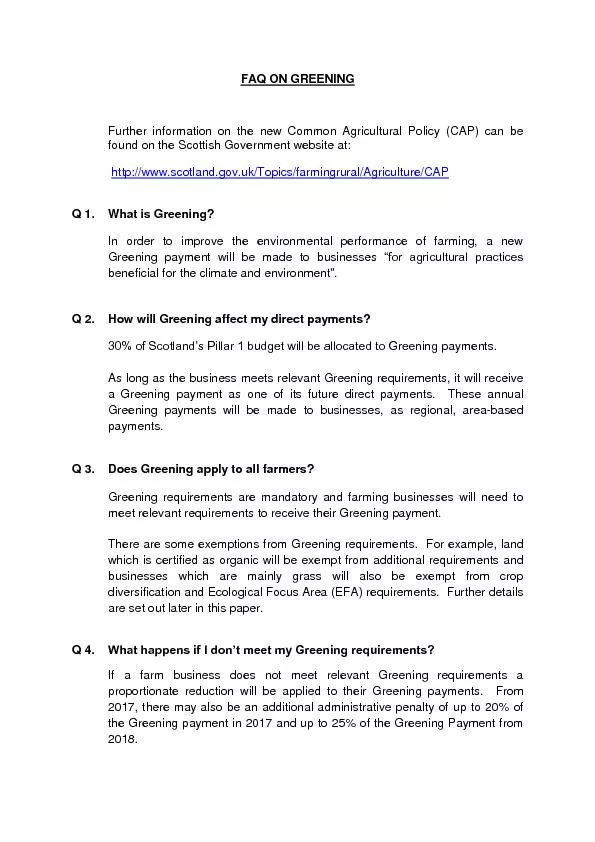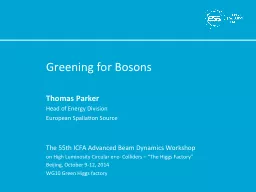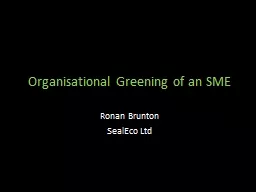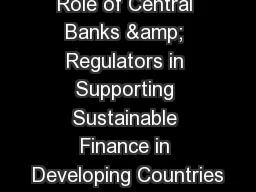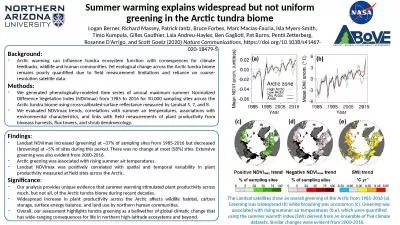PPT-Welcome to GREENING
Author : pamella-moone | Published Date : 2017-05-01
y our workplace Location or Date Why Green Installing Organic Composting amp Recycling In Your Facility Buying GREEN off Master Contracts Todays Topic There
Presentation Embed Code
Download Presentation
Download Presentation The PPT/PDF document "Welcome to GREENING" is the property of its rightful owner. Permission is granted to download and print the materials on this website for personal, non-commercial use only, and to display it on your personal computer provided you do not modify the materials and that you retain all copyright notices contained in the materials. By downloading content from our website, you accept the terms of this agreement.
Welcome to GREENING: Transcript
Download Rules Of Document
"Welcome to GREENING"The content belongs to its owner. You may download and print it for personal use, without modification, and keep all copyright notices. By downloading, you agree to these terms.
Related Documents

